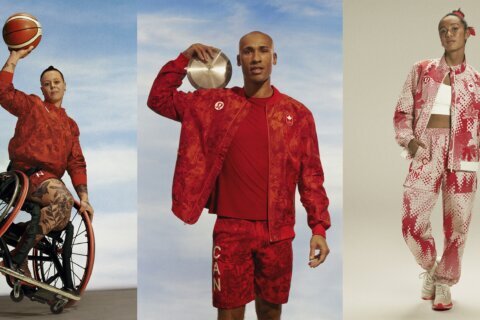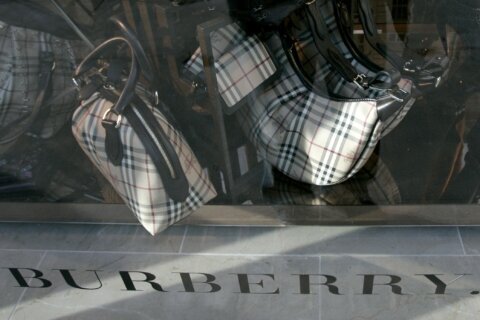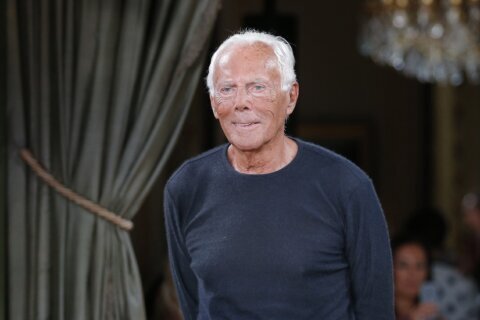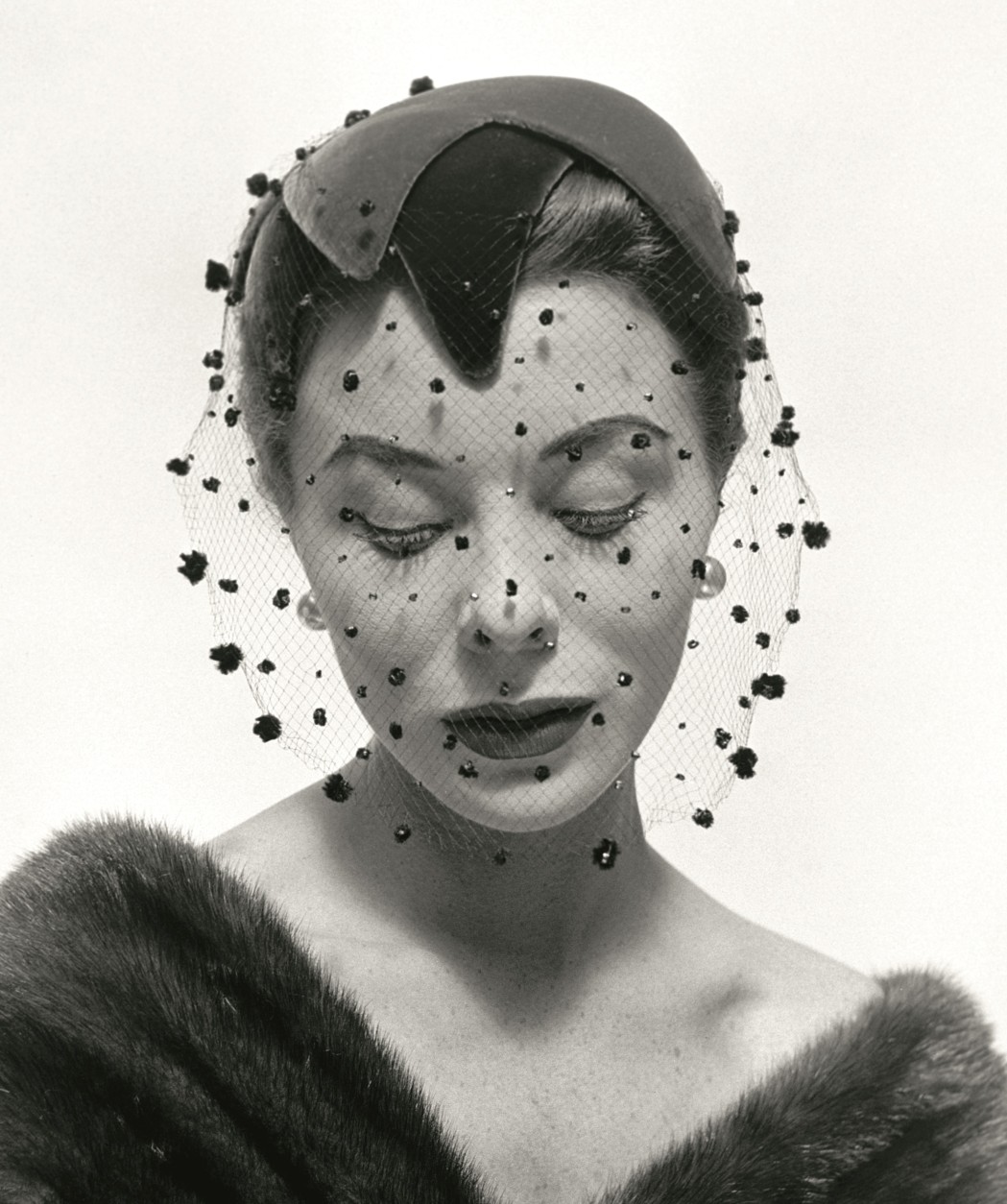
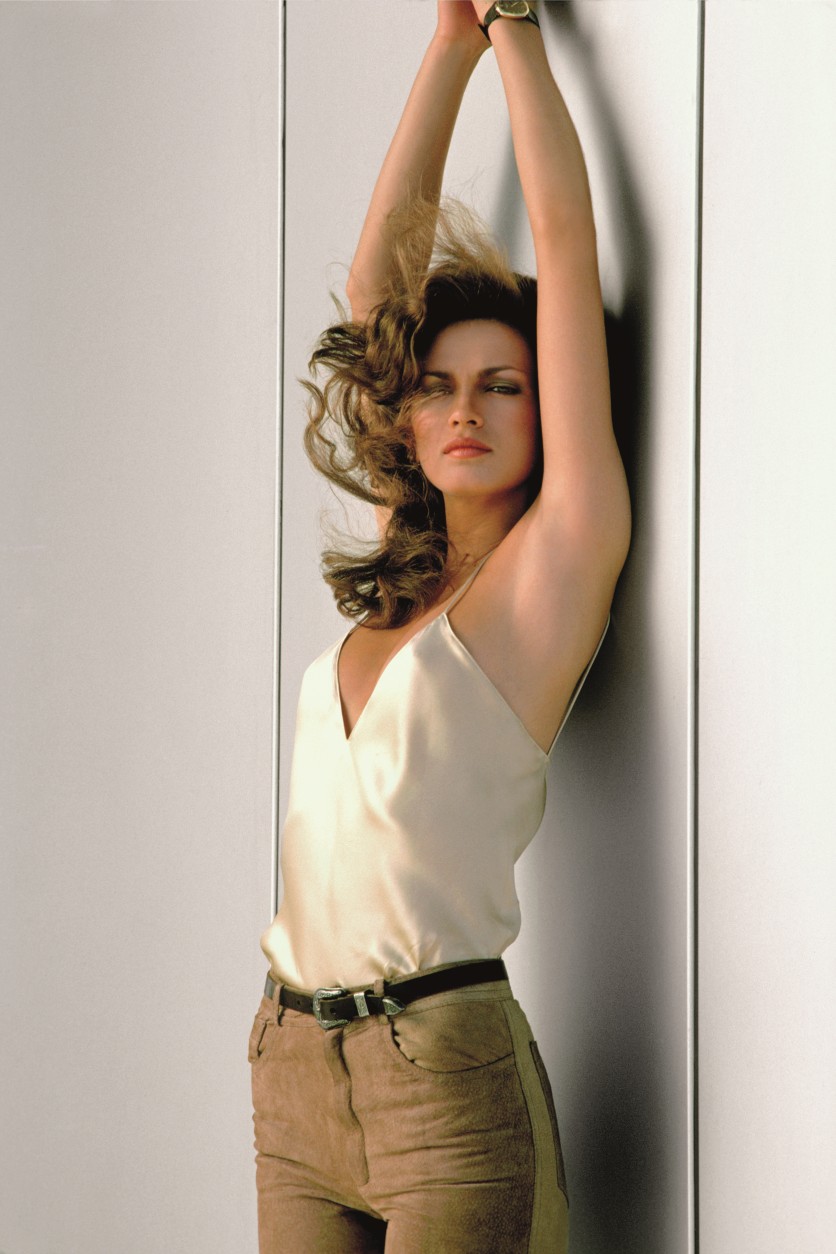
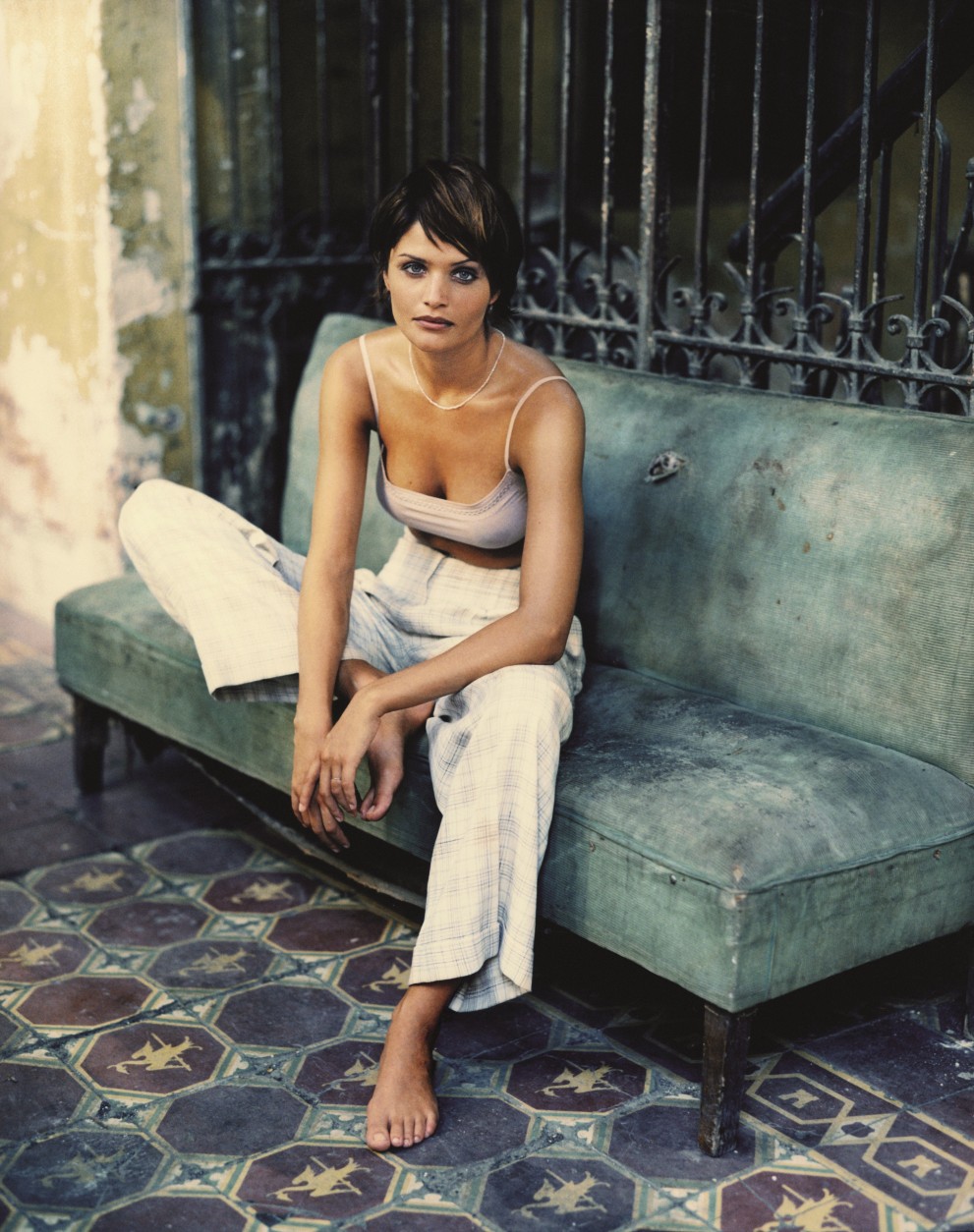
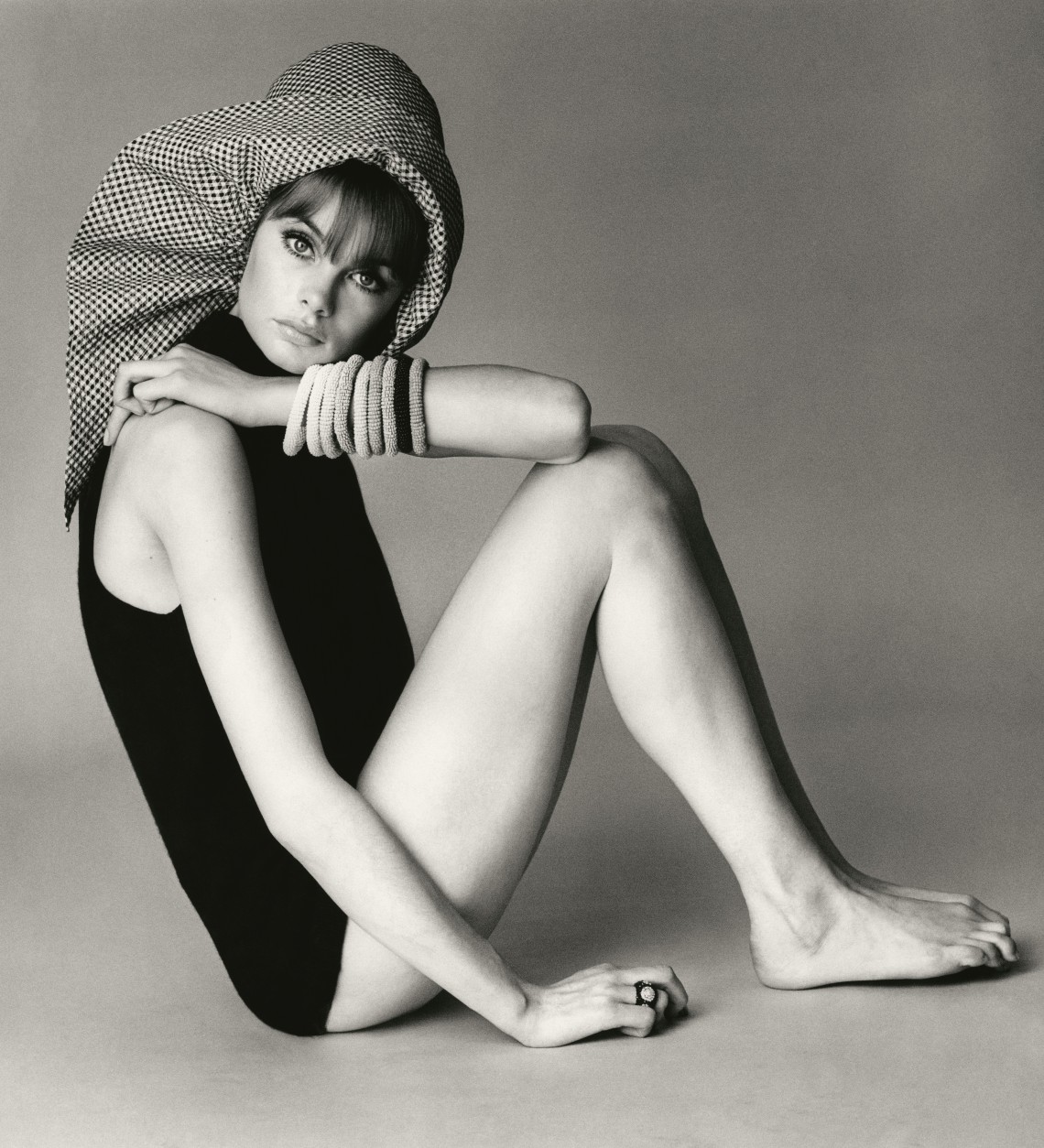

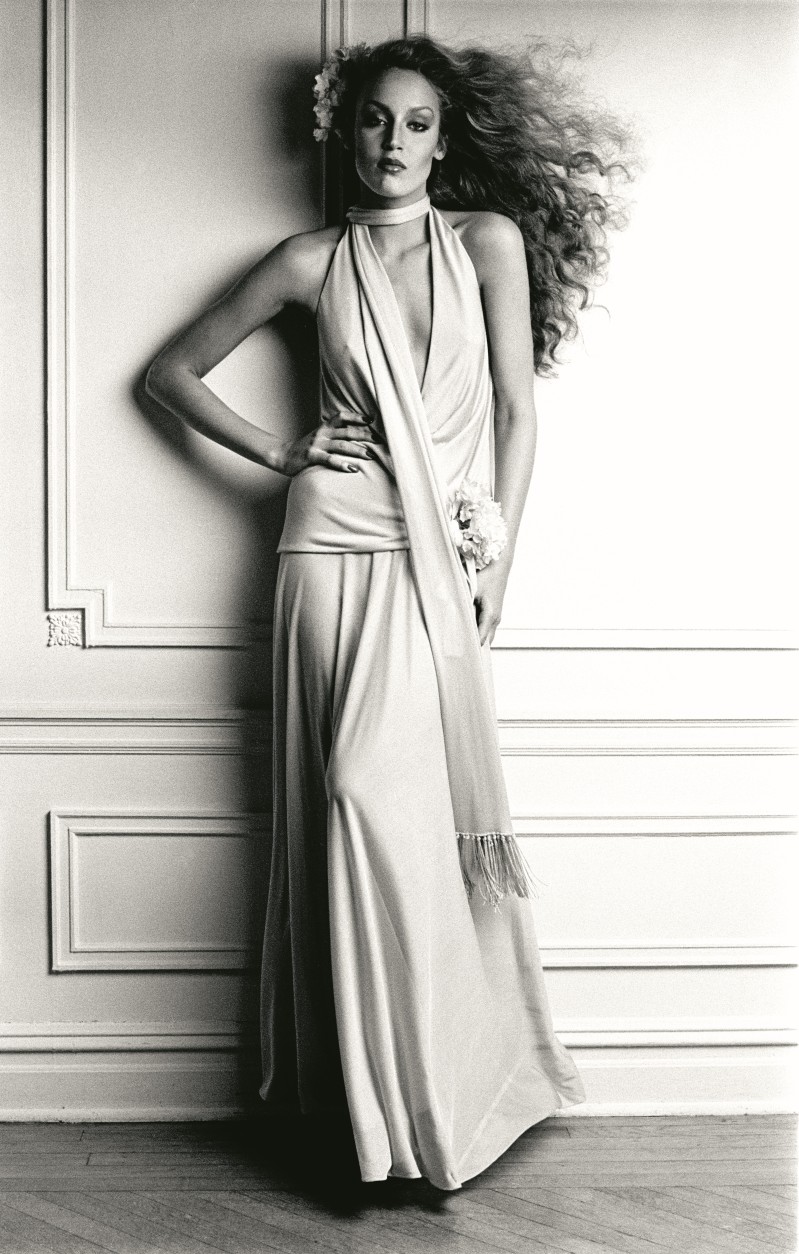
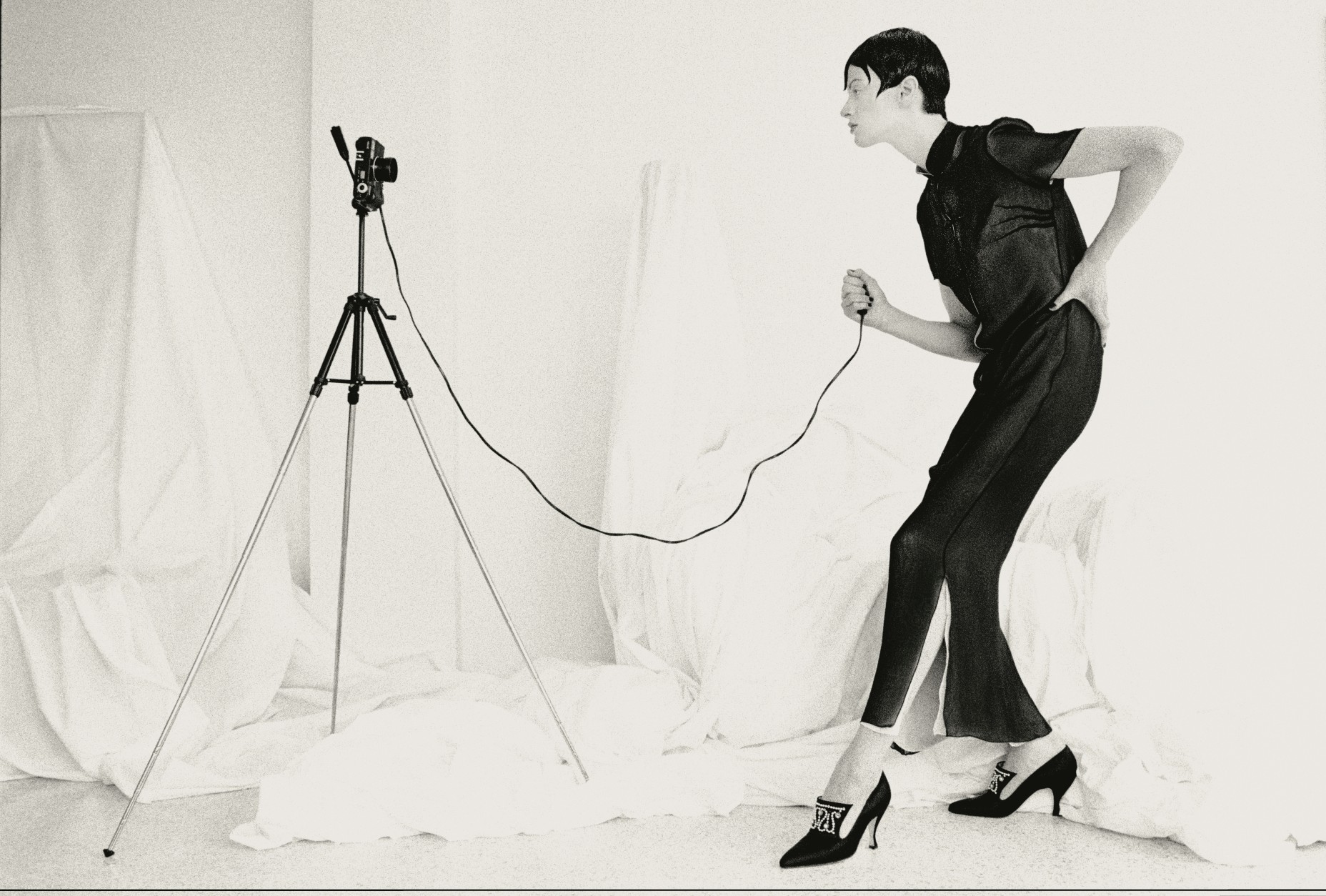
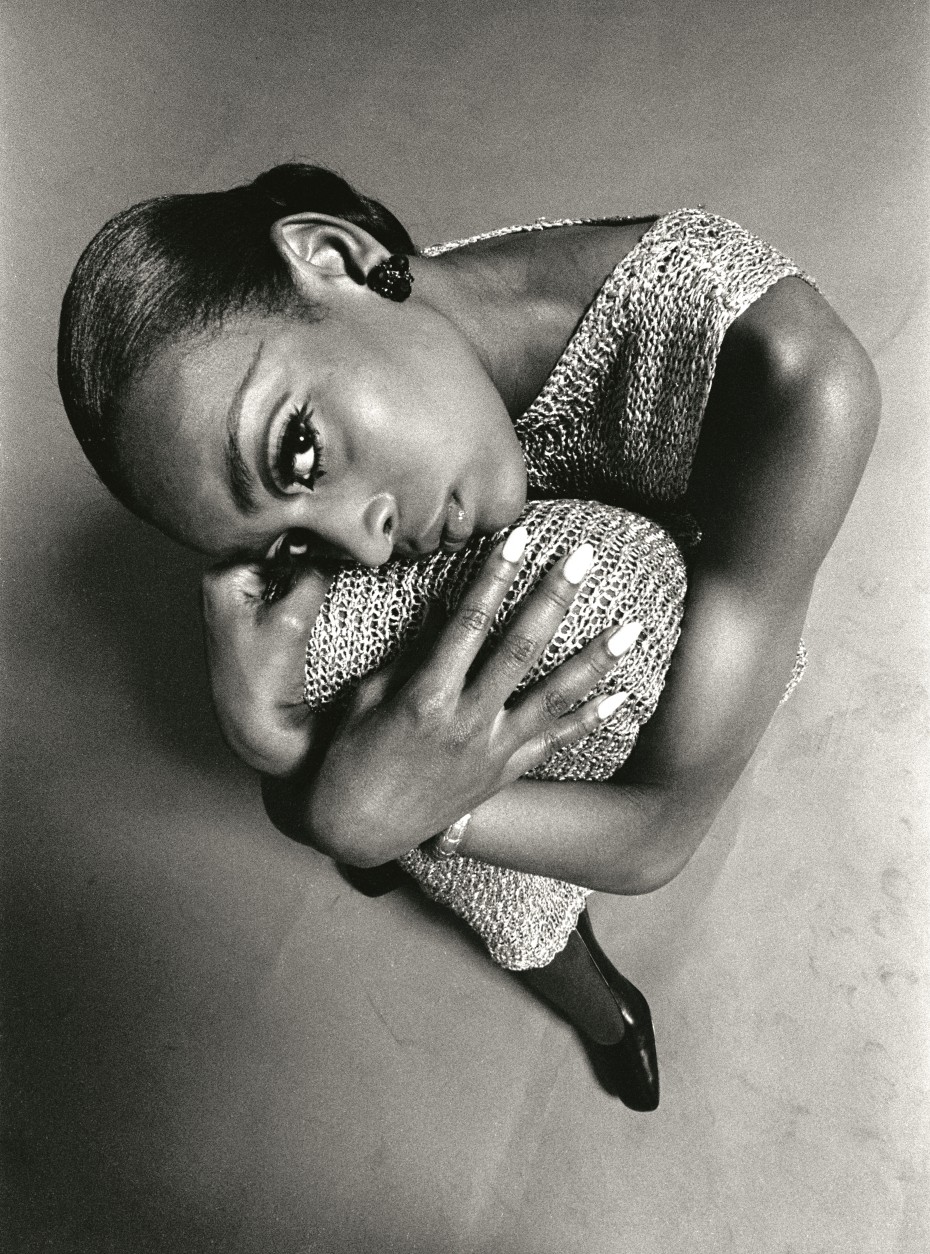
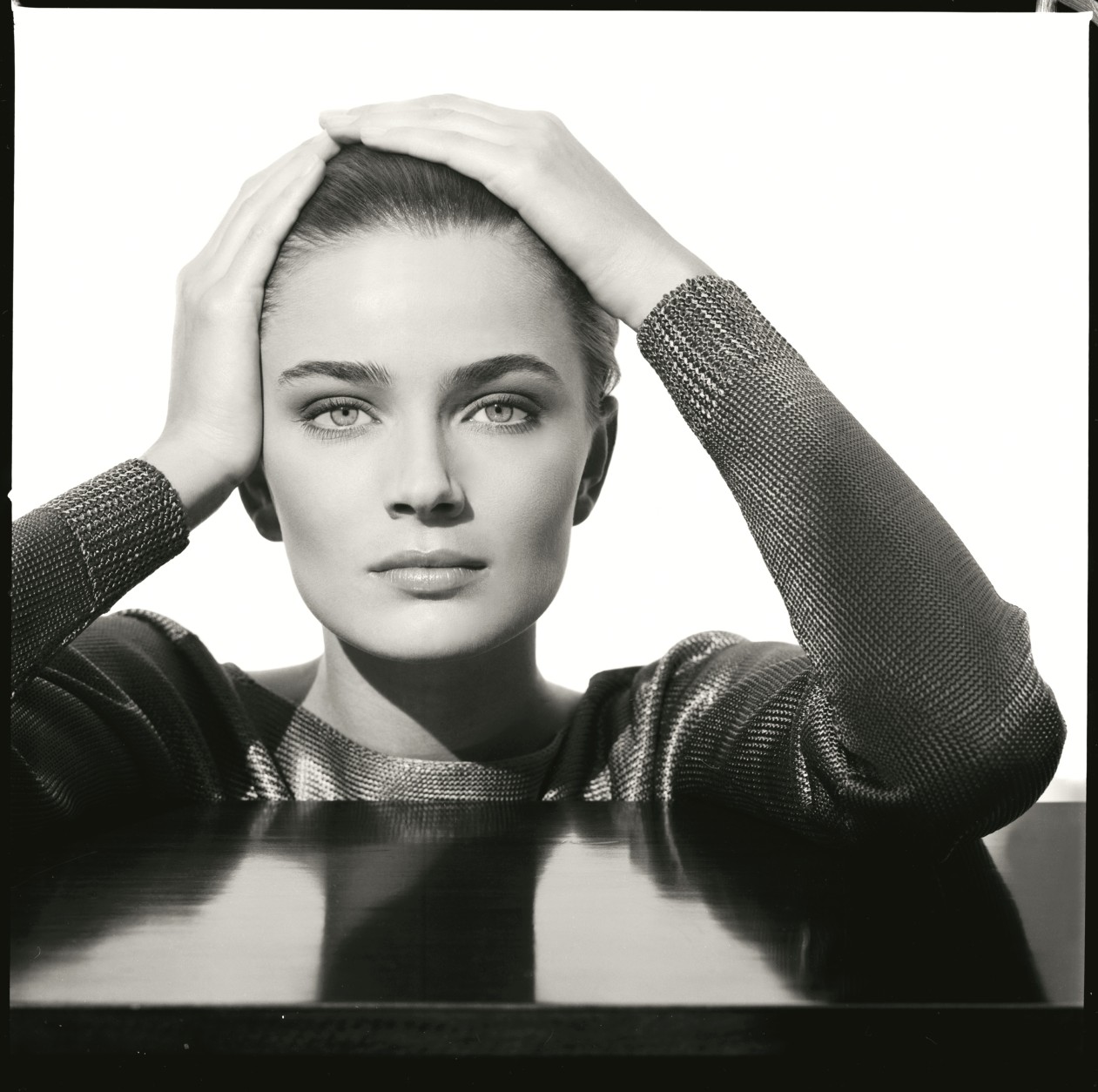
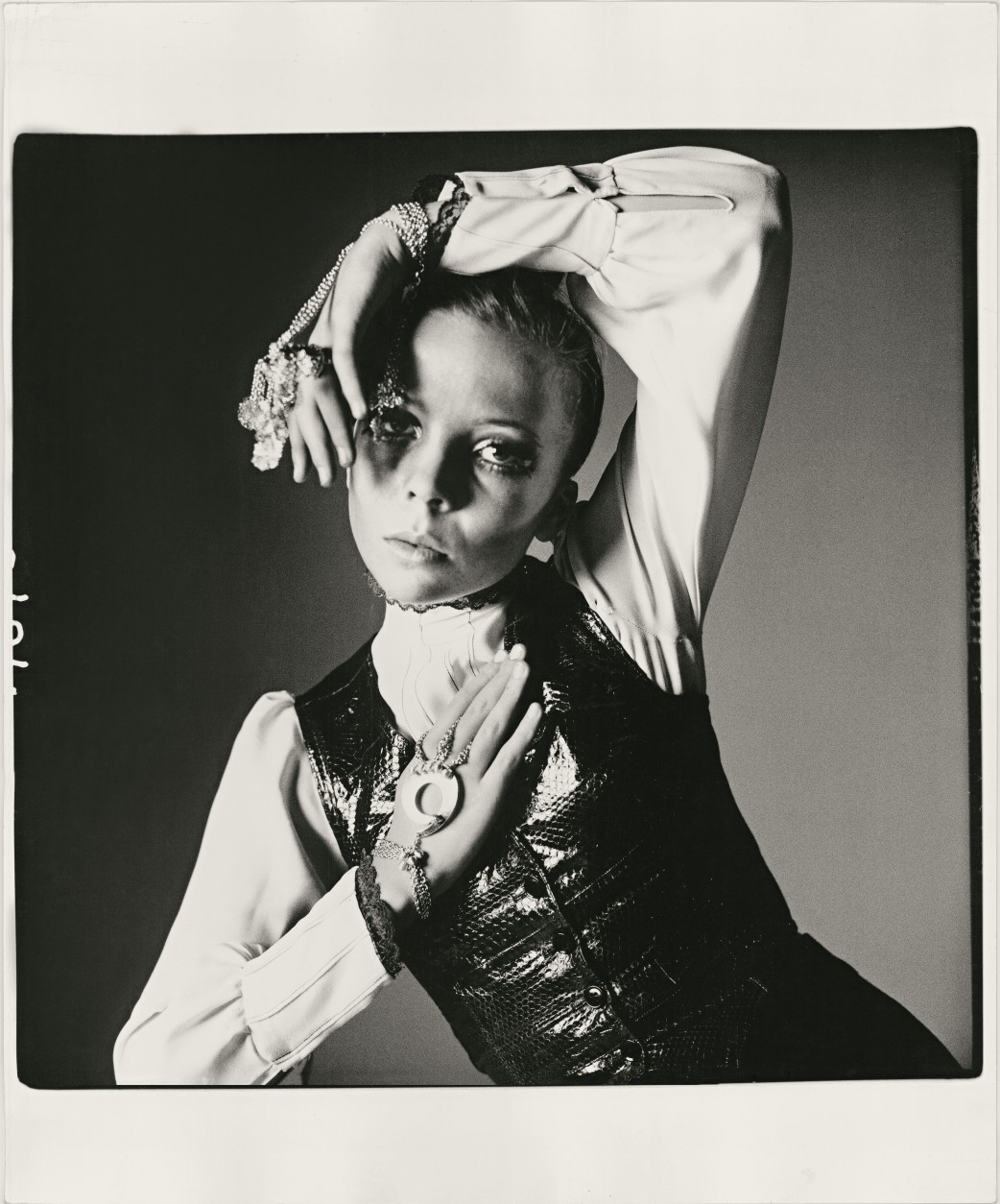
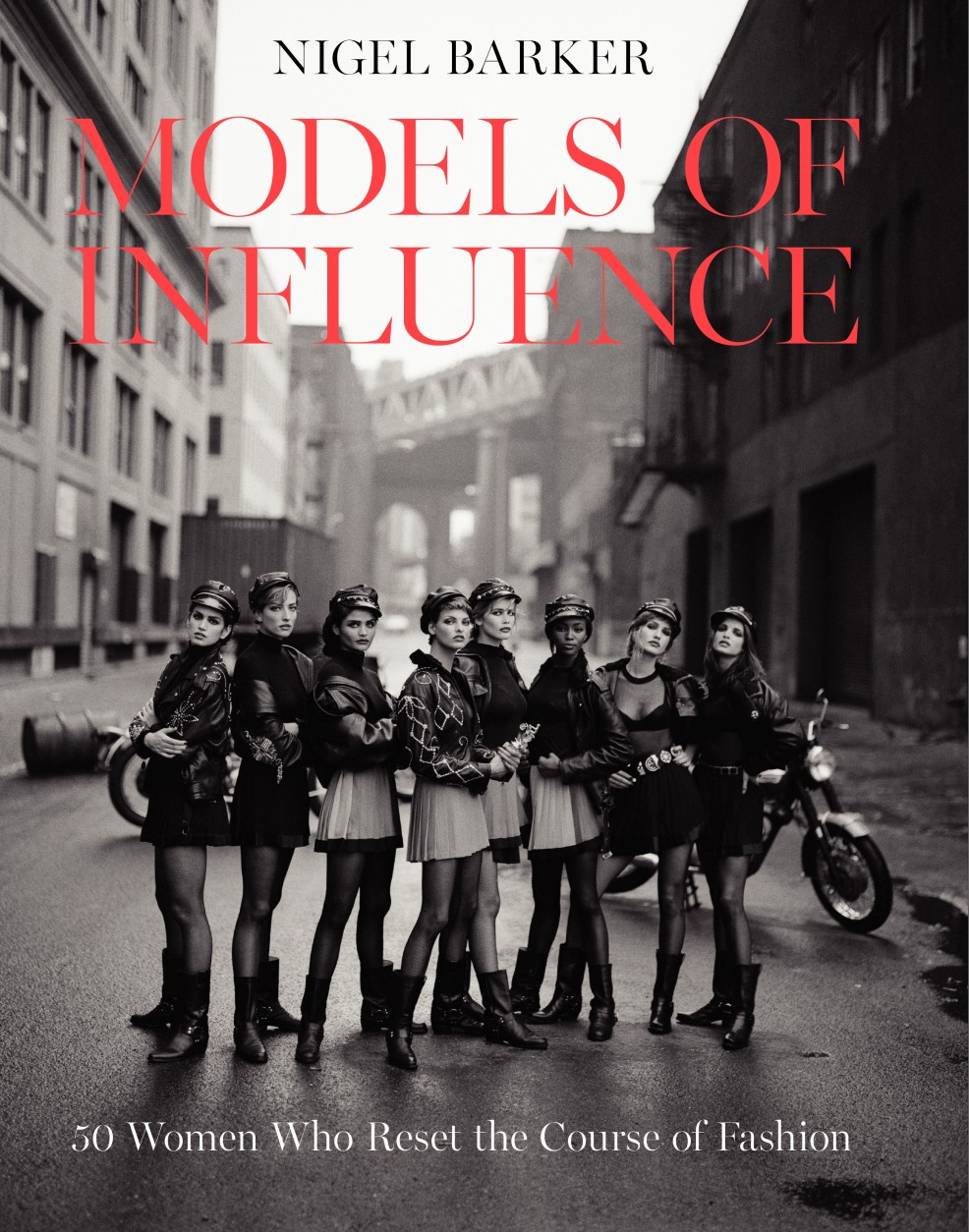

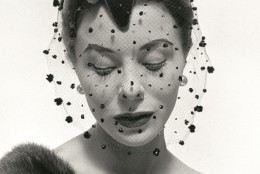
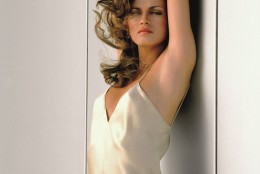
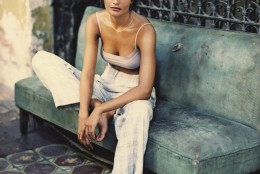
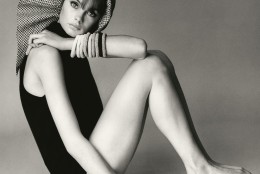
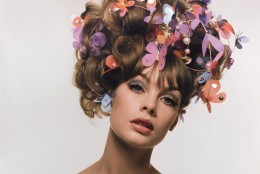
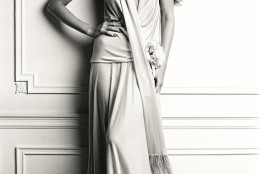
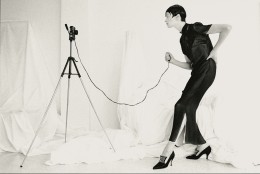
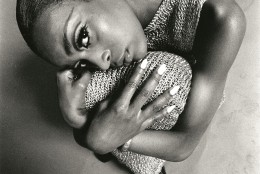
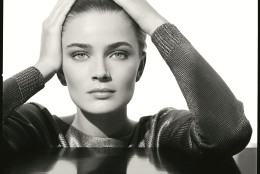
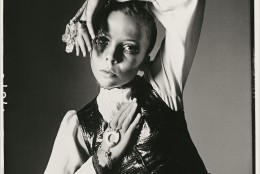
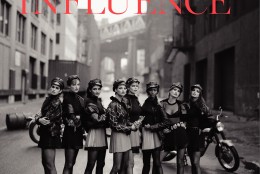

WASHINGTON — Fashion is more than a brand or a look. Like other forms of art, it’s a reflection of society. And the men and women responsible for taking fashion from a designer’s drawings to magazine covers and retail racks are more than models — they’re influencers.
In his new book, “Models of Influence,” photographer and former “America’s Next Top Model” judge Nigel Barker chronicles the models who have had the greatest impact on fashion and pop culture from the 1940s to today.
Barker has witnessed firsthand the influence of models since childhood. His mother was a model in her native Sri Lanka in the 1950s and ‘60s, and at the time, the job was no easy feat.
“Models of ethnicity of any type, even in their native countries, struggled to get by, because actually even in places as big as China, models were often times Caucasian,” Barker says, adding that many cultures forbade women to appear in magazine or be photographed looking the least bit flirtatious.
Barker’s mother eventually moved her family from Sri Lanka to England, where she continued to model. And it was there where Barker began to appreciate his mother as more than a fashion model; she was a role model.
“I grew up watching how she had a profound effect on many people of ethnicity in England, but certainty on our family at large,” he says.
Since childhood, Barker has been surrounded by models — whether he’s photographing them, coaching them or working alongside some of the best, most innovative in the business, including Tyra Banks, Naomi Campbell and Janice Dickinson.
“One of the wonderful things about doing that — and not just working with them for a day, but working with them for months on end, if not years on end — is you get to hear their stories; you get to hear the actual struggles that they went through,” Barker says.
“And when you look back at history, with someone like Twiggy, the swinging ‘60s weren’t just defined by the sexual revolution and by the Beatles, but also by people like Twiggy who did something as simple as getting a haircut. That may sound like nothing right now, but at the time, women were stereotyped into sort of the ‘no hair out of place’ perfection of the ‘50s, and someone like Twiggy stood for the 17 million sort of disenfranchised youth of America who were coming of age in the ‘60s, who were all about rebellion and protest, and cutting your hair was a sign that said, ‘I can be myself, regardless of the fact that I might look androgynous. I might be a bit skinny, I might be not what the usual … stereotype of what a woman is, but I am myself.’ And that’s what she stood for, and it changed beauty and the way we saw beauty very radically at the time.”
Of course, along with the hair and the haute couture, models come with controversy — especially when it comes to issues related to health and body image.
“I think there’s no doubt that oftentimes models have been far too skinny. There’s no real great argument against that. Unfortunately, the fashion industry has desired this sort of clothes-hanger look for way too long,” Barker says.
But often times that waif-like look, he says, is more of a reaction to social norms. For example, Twiggy’s skinny look in the ‘60s was less about being skinny and more about women rebelling against stereotypical curves and embracing a more “boyish” image.
The gaunt look of the ‘90s, Barker says, was a backlash to the “grandiose, intoxicating times of the late ‘80s when there was a lot of wealth, there was a lot of money, we were very flash.”
“Kurt Cobain and grunge music took over and it was kind of embarrassing to be a part of the commercial establishment. And the fashion industry, with its finger on the pulse of what was going on, really replicated that, and that’s why we saw these models that were very anti-fashion and grungy and weird looking almost. It was really a result of fashion and modeling mirroring society,” he says.
And while one can argue models set an impossible standard for weight and beauty, not all of the standards they set have negative impacts on the female audience. Many have paved the road for racial, cultural and gender equality.
“There are models like Naomi Sims, who battled to be the first black woman on the cover of a magazine and the first black woman to be on a television commercial, and models like Sophie Dahl, who was considered to be a full-figured model at size 14 that had never done high fashion, and she appeared on the covers of Vogue and every single major magazine in the early 2000s. And things are changing, but it’s up to us,” Barker says.
He says now is the most exciting time to be in fashion, because the general population has more of a say than ever before.
“We can’t complain as much as we used to be able to when models and celebrities were being picked by magazine editors and photographers to be in magazines and all the rest of it. Now, with social media, we have the power to actually follow and like our celebrities and our models,” he says.
“I feel that we are in a very unusual time when it comes to the topic of beauty and the topic of what’s in and what’s not in, that we’ve never really seen before. It’s actually quite an exciting time.”
Nigel Barker will be at DCanter for a book signing and wine tasting event on Saturday, Feb. 28 from 1 to 4 p.m. A $40 ticket will get attendees a copy of Barker’s book, “Models of Influence,” as well as a complimentary wine tasting ticket. Those only interested in wine tasting can purchase a ticket for $10.
The author will also appear at the Barnes & Noble at 2516 Solomons Island Rd., in Annapolis, Maryland on Sunday, March 1 at 1 p.m.

